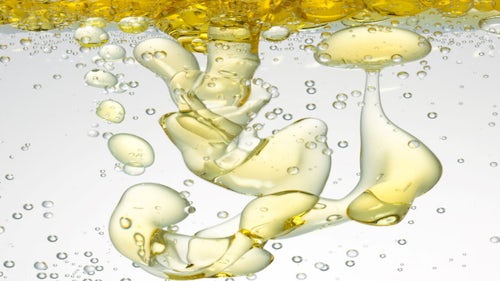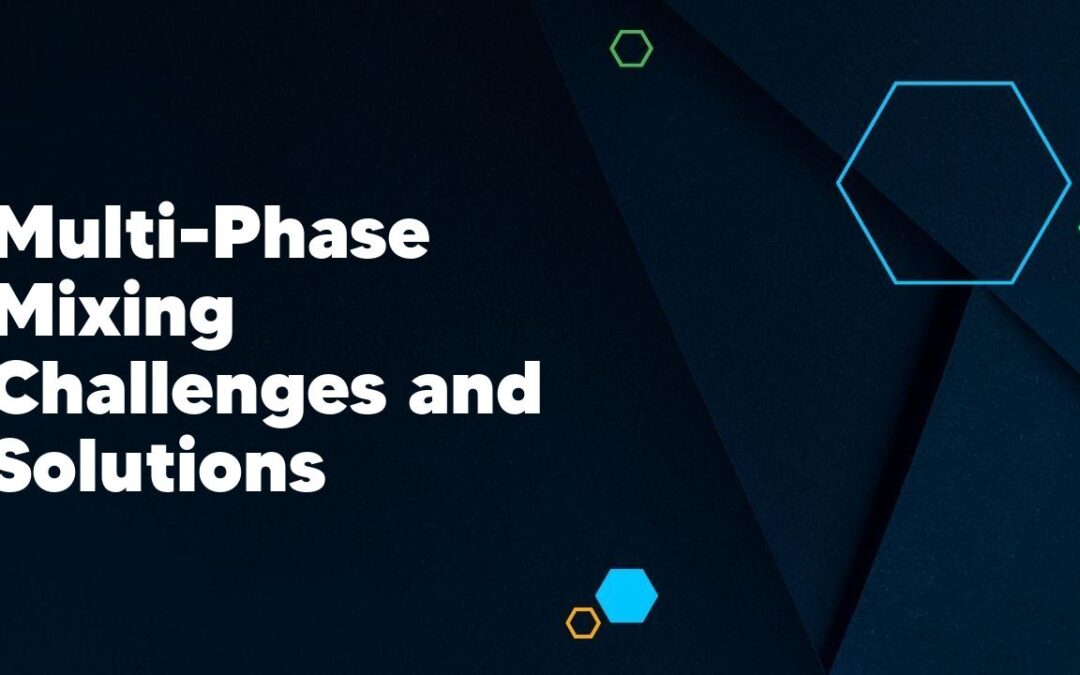This article explores the various challenges faced in mixing multi-phase systems and provides potential solutions to overcome them. Mixing multi-phase systems can be complex due to the differences in physical properties and behavior of each phase. By understanding these challenges and implementing appropriate techniques, engineers and researchers can achieve efficient and effective mixing in multi-phase systems.
1. Introduction to Multi-Phase Mixing
As a woman with a background in chemical engineering, I am excited to introduce you to the world of multi-phase mixing. This field of study focuses on understanding the behavior and interaction of multiple phases (such as gas, liquid, and solid) during mixing processes. It plays a crucial role in various industries, including pharmaceuticals, food and beverage, and oil and gas. Multi-phase mixing is not only important for ensuring optimal product quality but also for improving process efficiency and reducing cost. Throughout this article, I will delve into the different aspects of multi-phase mixing, from the basic principles to the various techniques used to achieve efficient mixing. So let’s dive in and explore the fascinating world of multi-phase mixing!
2. Common Challenges in Multi-Phase Mixing Processes

In my experience, multi-phase mixing processes often come with a set of common challenges that need to be overcome. One of the main hurdles is achieving complete and uniform mixing of all phases involved. Since different phases have different properties such as density and viscosity, it can be difficult to ensure that they blend together seamlessly. Another challenge is maintaining the stability and consistency of the mixture throughout the entire process. Any deviation in the mixing conditions or introduction of impurities can lead to an uneven distribution of phases and compromise the quality of the final product. Additionally, the separation and segregation of phases can also be problematic, as it can result in a loss of desired properties or create a non-homogeneous mixture. Overall, achieving efficient and effective multi-phase mixing requires careful attention to these challenges and the implementation of appropriate solutions.
3. Strategies for Achieving Efficient Multi-Phase Mixing
In order to achieve efficient multi-phase mixing, there are several strategies that can be implemented. First and foremost, it is important to carefully select the appropriate mixing equipment for the specific application. This could involve considering factors such as the viscosity of the materials being mixed, the desired mixing intensity, and the desired residence time. Secondly, optimizing the mixing conditions such as the rotational speed, mixing time, and temperature can significantly improve efficiency. Additionally, the use of additives or surfactants can aid in promoting effective mixing between different phases. Lastly, the design and configuration of the mixing vessel should be considered, as certain geometries may enhance mixing performance. By employing these strategies, it is possible to achieve efficient multi-phase mixing and improve overall process productivity.
4. Advanced Technologies for Overcoming Multi-Phase Mixing Challenges
In my experience, advanced technologies have played a crucial role in overcoming the challenges faced when tackling multi-phase mixing processes. These processes can be complex and difficult due to the presence of different phases, such as solids, liquids, and gases, which often require different handling and mixing techniques. However, with the aid of cutting-edge technologies, such as high-shear mixers and specialized impellers, we are able to achieve much better mixing efficiency and homogeneity. These advanced tools allow us to control variables such as temperature, pressure, and shear rate, which are vital for optimizing the mixing process. Additionally, with the use of computational fluid dynamics (CFD) simulations, we are now able to accurately predict and model multi-phase mixing behavior, aiding in the design and optimization of mixing systems. Overall, these advancements have greatly improved our ability to overcome the challenges associated with multi-phase mixing, enabling us to achieve better product quality and process efficiency.
5. Case Studies: Successful Approaches to Multi-Phase Mixing
In this article, I would like to share with you some successful case studies that highlight the effectiveness of multi-phase mixing approaches. Over the years, I have had the opportunity to work on various projects where the utilization of multi-phase mixing has proven to be instrumental in achieving desired outcomes. One such case study involved the development of a new pharmaceutical drug. By employing a multi-phase mixing approach, we were able to effectively combine different ingredients, resulting in a more uniform and consistent product. This approach not only improved the drug’s efficacy but also significantly reduced production time and costs. Another case study involved the manufacturing of a new type of cosmetic product. Through the use of multi-phase mixing, we were able to achieve a perfect blend of various components, resulting in a superior and visually appealing product. These case studies serve as a testament to the value that multi-phase mixing brings to various industries and applications.
6. Future Trends and Innovations in Multi-Phase Mixing
In the field of multi-phase mixing, the future seems ripe with endless possibilities and exciting innovations. As technology continues to advance at an unprecedented rate, we can expect to see significant improvements in the efficiency and effectiveness of multi-phase mixing processes. One of the most promising trends is the integration of artificial intelligence and machine learning algorithms to optimize mixing parameters and predict fluid behavior. This could revolutionize the industry by minimizing human error and maximizing productivity. Additionally, the development of new materials and additives specifically designed for multi-phase mixing will further enhance the performance and versatility of these processes. With these future trends and innovations, the potential for breakthroughs in multi-phase mixing is truly limitless.
Conclusion
In conclusion, multi-phase mixing presents unique challenges due to the complexity of interacting fluid streams. However, various solutions have been developed to address these challenges, such as optimized impeller designs and utilization of advanced mixing techniques. By implementing these solutions, industries can improve the efficiency and effectiveness of their multi-phase mixing processes, leading to better product quality and increased production output.
What are multi-phase mixing challenges?
Multi-phase mixing challenges refer to difficulties encountered when trying to mix two or more substances or components that are in different physical states or have different properties.
What are some common multi-phase mixing challenges?
Common multi-phase mixing challenges include insufficient dispersion, poor emulsion formation, phase separation, and difficulty achieving homogeneity.
How can insufficient dispersion be resolved?
Insufficient dispersion can be resolved by using appropriate mixing equipment, such as high shear mixers or homogenizers, which help break down the larger particles into smaller ones and improve the distribution of the different phases.
What are some solutions for poor emulsion formation?
Solutions for poor emulsion formation may include using emulsifiers or surfactants to reduce interfacial tension between the different phases, adjusting the mixing parameters, or using specialized mixing techniques like rotor-stator systems.
How can phase separation be prevented?
To prevent phase separation, it is important to choose the right mixing equipment and process parameters to ensure proper phase dispersion and homogeneity. Addition of stabilizers or viscosity modifiers can also help in preventing phase separation.
What are the key factors in achieving homogeneity?
The key factors in achieving homogeneity are proper mixing equipment selection, optimization of mixing parameters (such as speed, time, and temperature), and ensuring effective distribution and integration of the different phases.

